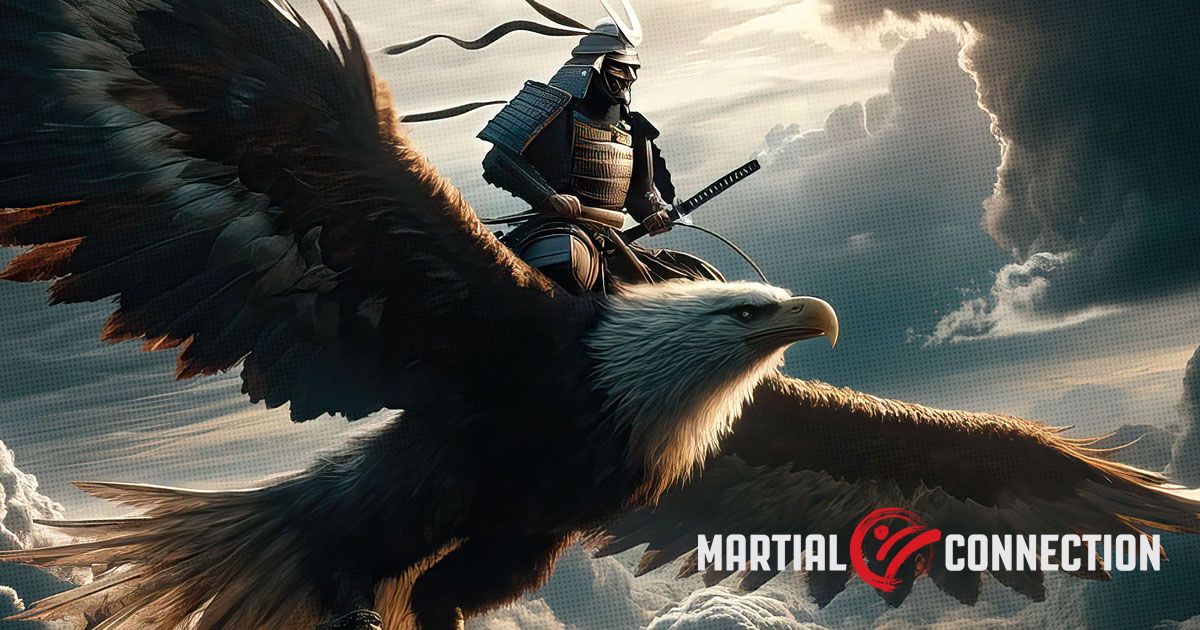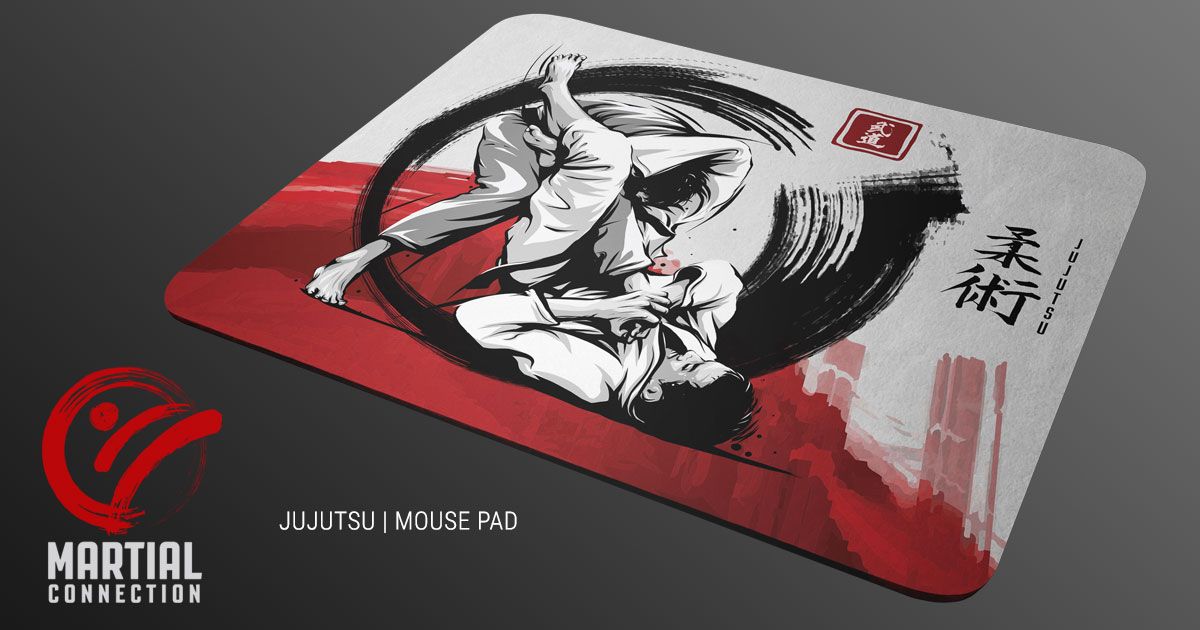Women's Empowerment: Onna-Bugeisha • From The Past To The Present Day.
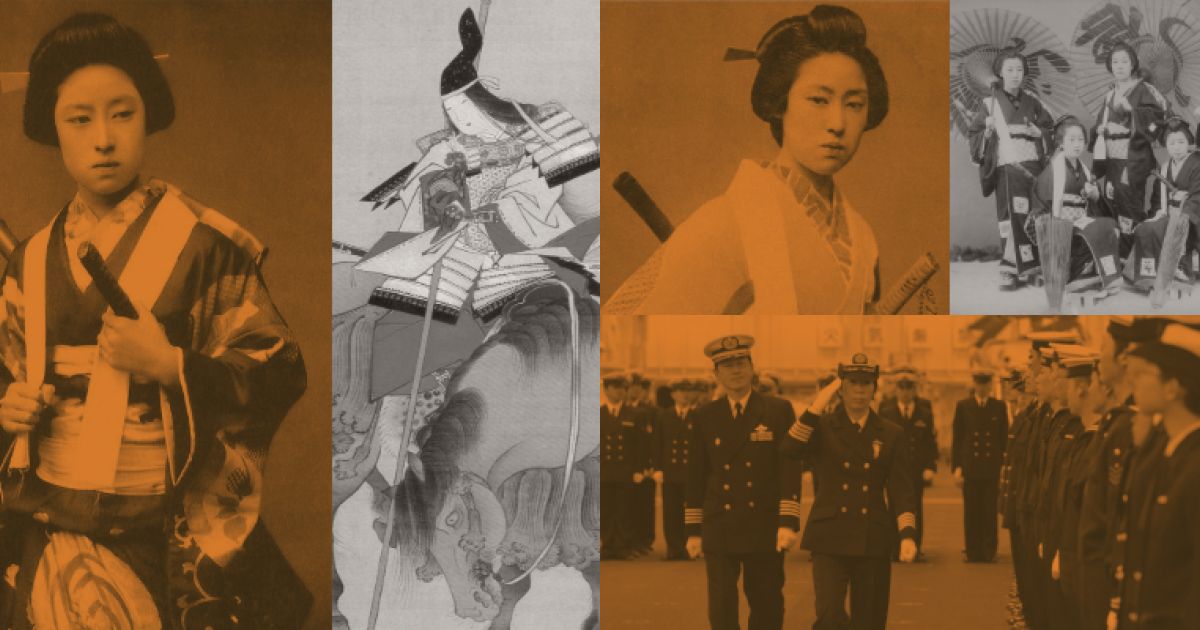
Lately, more than ever, we've heard the term "women's empowerment." As a definition, we have: "a process in which women elaborate and recreate what it is that they can be, do and accomplish in a circumstance that they previously were denied." (Wikipedia)
That said, let's take a look at ancient times in Japan. Let's start with mythology.
The highest deity of the Shinto religion is the solar-goddess. Amaterasu-ōmikami, derived from Amateru means "shining in heaven." The meaning of her whole name, Amaterasu-ōmikami, is "the great august kami (deity) who shines in the heaven." The Emperors of Japan are considered to be direct descendants of Amaterasu.
On the fighting level, we have Izanami No Mikoto, the goddess of both creation and death.
Warrior queens leading troops against enemies appear in many exploits in the first chronicles of Japanese history.
Leaving mythology and entering the Heian period, the period in Japanese history when Buddhism, Taoism, and other Chinese influences were at their height, we find women, not on the battlefields, but occupying a position of prominence in the cultural hierarchy.
From provinces, emerged a new breed of women, members of the martial house, the Buke, these women joined their menfolk in the struggle for political and military predominance.
Trained in the use of traditional weapons, which they were expected to use against a foe or, if necessary, to end their own lives, the women of Buke also participated in battlefields along with their menfolk. Let's look at some historical cases below.
HŌJŌ MASAKO
One such woman was Hōjō Masako, wife of Minamoto no Yoritomo, the first shōgun of the Kamakura period. After the murder of her husband, Masako became regent for her elder son.
Eventually with the assistance of her family, in the first of many moves which earned her a reputation for treachery, she deposed him for his incompetence. During this period, she virtually ruled the empire.
Hōjō Masako died 35 years later at the age of 69. She was known as the ama-shōgun (dowager shogun).
TOMOE GOZEN
During the same period, another Onna-Bugeisha (female master of martial arts) was Tomoe Gozen. She was married to Lord Kiso, a general member of the Minamoto samurai clan. She was known for her bravery and strength and served in the Genpei War (1180–1185).
Gozen wasn't a surname but an honorific title granted mostly to women, but also to some men.
According to The Tale of the Heike, an epic poem, Tomoe Gozen was a beautiful woman, an exceptional archer, and swordswoman.
Watch below the documentary about the one-on-one duel on legendary Battle of Shinohara during the Genpei War.
Credit: American Heroes Channel
MOCHIZUKI CHIYOME
Credited with creating an all-female group of Kunoichi (female ninja), Mochizuki Chiyome was a legendary poet and noblewoman of the 16th century.
It's believed that between 1561 and 1573 Mochizuki Chiyome had around 300 agents spread out throughout the Japanese countryside, all feeding info directly back to her so she could present it to Takeda Shingen, a powerful feudal lord with exceptional military prestige.
According to the purported biography, Chiyome, a descendant of the ninja clan of the Kōga-ryū, was convinced by Takeda Shingen to recruit young women who were recently orphaned, lost or abandoned girls, leaders of female gangs (Sukeban), prostitutes or victims of the civil wars of the Sengoku period.
All recruited women learned all the skills of a Miko (Shinto shrine maiden or a wandering female shaman - a person believed to have the ability to heal the sick and to communicate with the otherworld), which allowed them to travel virtually anywhere without suspicion and get access to their targets.
Despite the work of the kunoichi, Takeda Shingen died in 1573 under mysterious circumstances, and right after that, she disappeared from historical records.
 Nakano TakekoNAKANO TAKEKO
Nakano TakekoNAKANO TAKEKO
Considered as the last Onna-Bugeisha in ancient Japan, Nakano Takeko was the eldest daughter of Nakano Heinai, a member of a Bushi Class from Aizu region located in Fukushima Prefecture.
The teacher Akaoka Daisuke adopted Takeko, transmitting a solid education in literature, poetry, mathematics, science, and combat - Naginatajutsu. She became a martial art instructor at age 16.
She fought and died during the Boshin War. During the Battle of Aizu, she was the leader of a group of female combatants who fought in the battle independently, as the senior Aizu retainers did not allow them to fight as an official part of the domain's army. This unit was later retroactively called the Jōshitai.
She was fatally shot in the chest while leading a charge against Imperial Japanese Army troops of the Ōgaki Domain, Rather than let the enemy capture her head as a trophy, she asked her sister, Yūko, to cut it off and have it buried. It was taken to Hōkai Temple (in modern-day Aizubange, Fukushima) and buried under a pine tree.
Nakano had a kill count of 172 samurais.
Watch below this short 3 minutes documentary about her story.
Credit: Smithsonian Channel
ONNA-BUGEISHA: DO THEY STILL EXIST?
By translating the legacy of these warrior women into modern day and modern warfare, we will find characters with prominent positions in the Japanese military forces, traditionally occupied by men. Why not call them Onna-Bugeisha too?
Examples? There we go.
RYOKO AZUMA
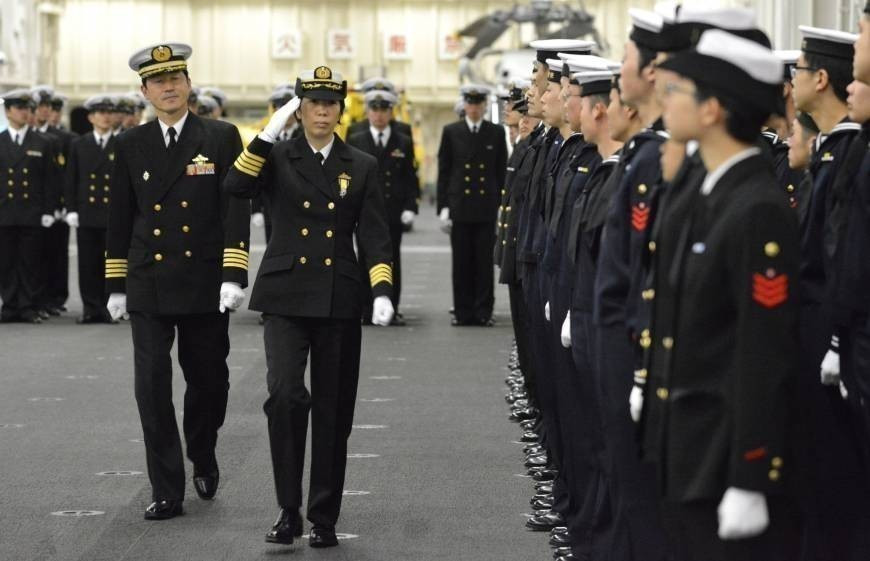
The first woman to command warship squadron, including the flagship Izumo helicopter carrier. She leads four ships with a combined crew of 1,000, of which only 30 are women.
MIHO OOTANI
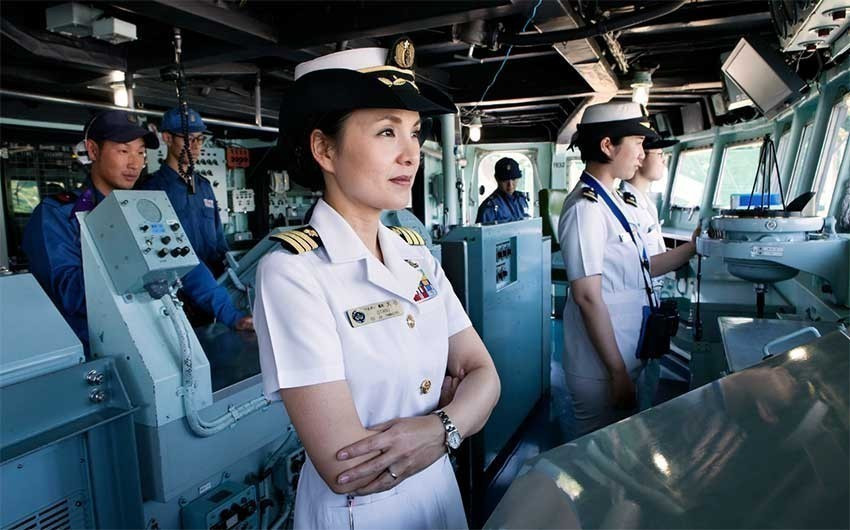
Captain of the JDS Yamagiri (guided missile destroyer), overseeing a crew of 220, only ten of whom are women.
MISA MATSUSHIMA
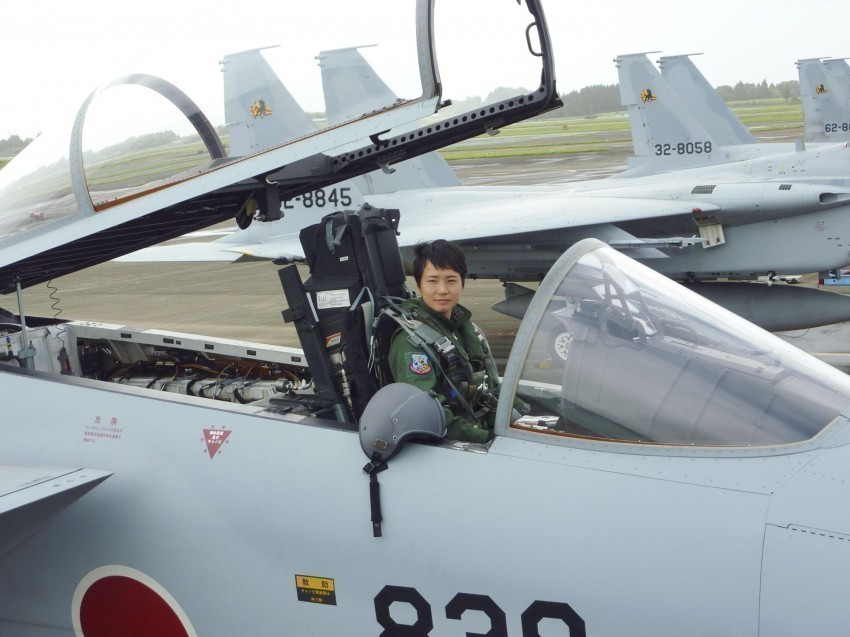
1st Lt. Misa Matsushima, 26, has become Japan's first woman to qualify as a fighter jet pilot in the nation's Air Self-Defense Force (ASDF).
Although the high-ranking women it is part of a government program, make no mistake, because they would not get there if they were not highly skilled and did not have the warrior spirit.

